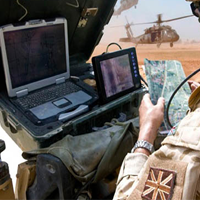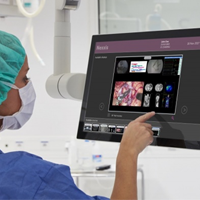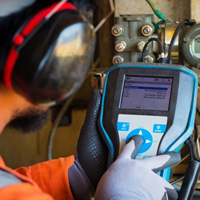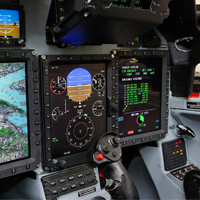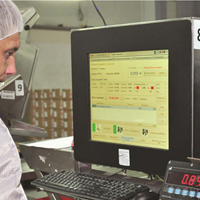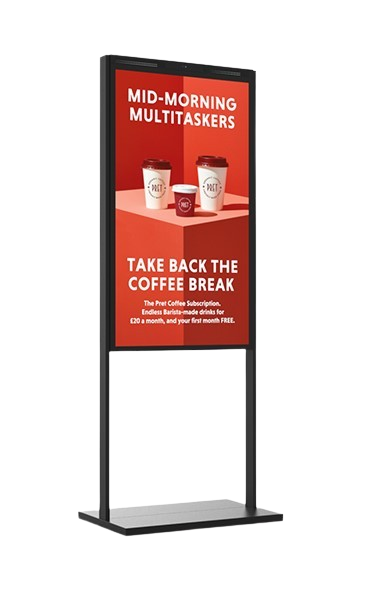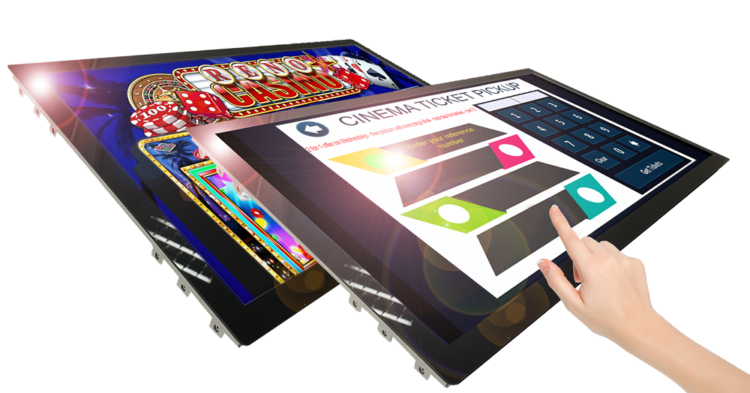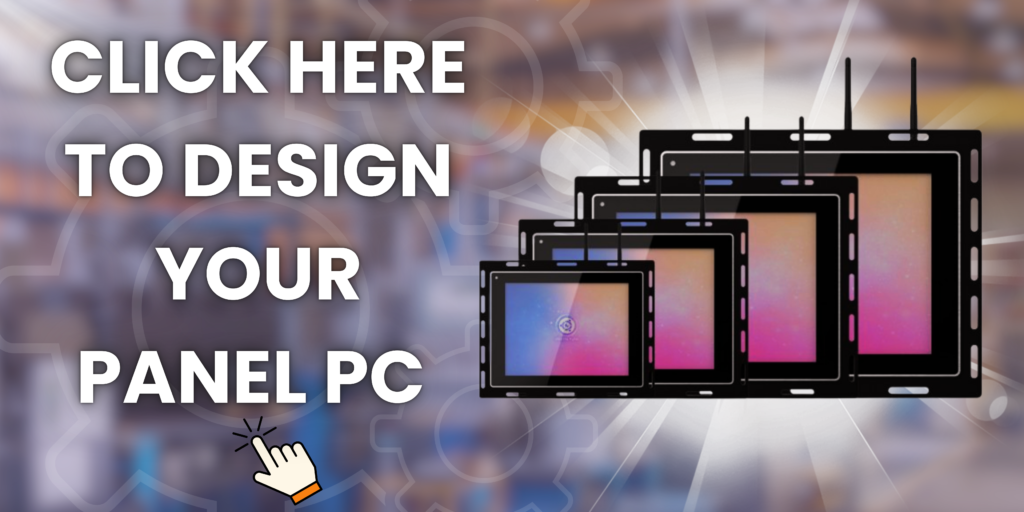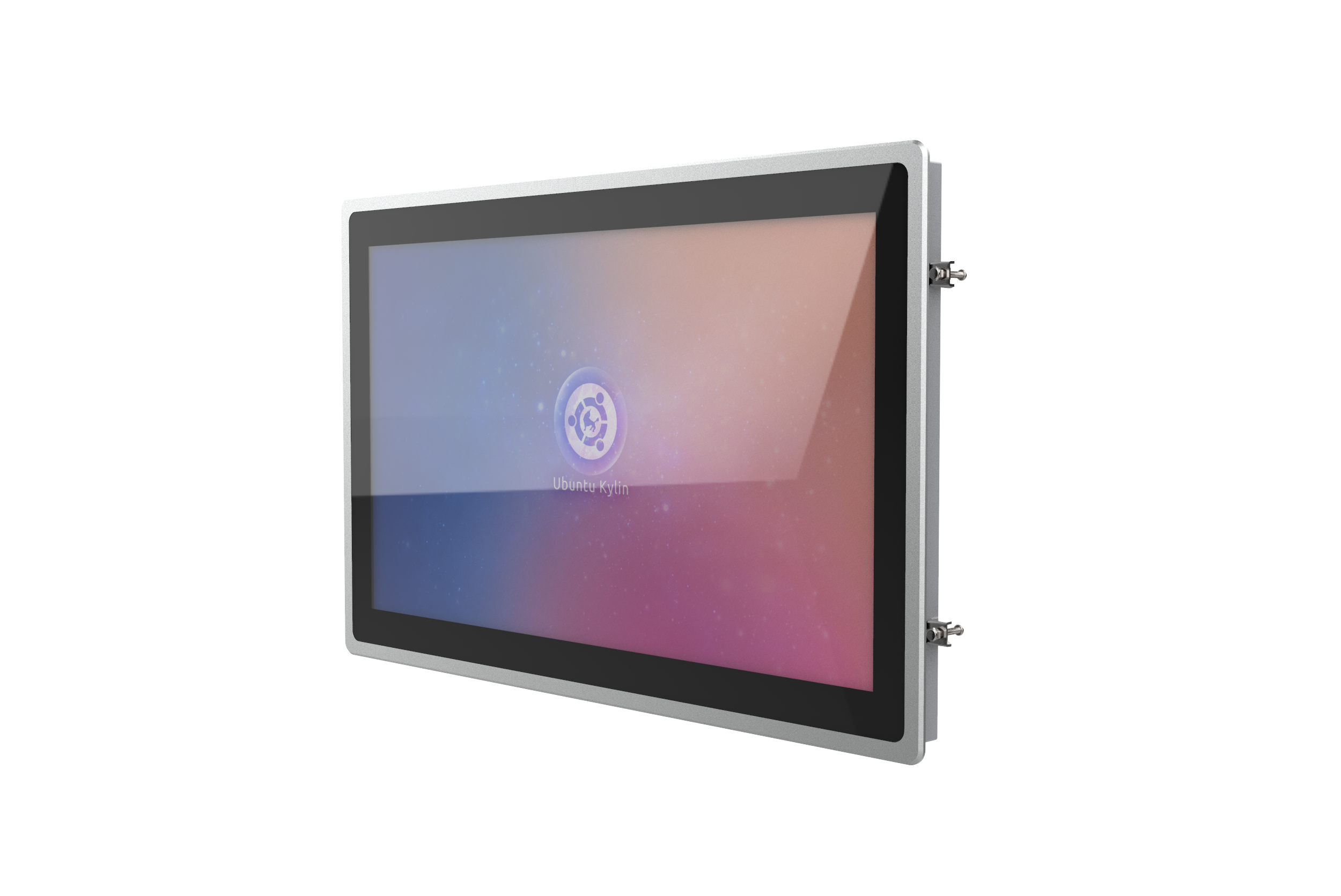Fortunately, the developments in digital technology are changing museums, just as they’re transforming schools, workplaces and cultural institutions everywhere. The maxim used to be “look but don’t touch”. Now institutions large and small are embracing the idea that touch screen monitors can give visitors a more hands-on experience.
Choose how to learn with interactive touch screens
In the past, the way a visitor chose to explore an exhibition or gallery might depend on the knowledge and availability of the guide showing them around. Touch screen monitors, however, have made the experience flexible for everyone. Interactive kiosks use a mixture of sounds, pictures, maps and narrative to bring exhibits to life.
Touch screens bring the past closer
Rising insurance and transport costs can sometimes make it difficult for even national museums to secure the exhibits they need. Wear and tear can also be an issue, particularly when loaning out costumes and items of clothing. With touch screens, you can offer an alternative virtual exhibit, allowing people to see and touch it from every angle. For example, you may be hundreds, or even thousands of miles away from a medieval suit of armour, but you can still examine every rivet.
See exactly where you are with touch screens
When you’re viewing exhibits in a gallery or museum, it’s important to understand the context. Otherwise, relics may not have the impact you expect. Touch screen monitors are revolutionising our ability to see an object in relation to the place it came from and how it was used. A 3D virtual tour can allow navigation of the streets of ancient cities like Rome or Athens. Looking at ancient statues, vases, coins and weapons is more significant when you feel part of the world from which they came.
Touch screen monitors promote visitor engagement
Kids benefit when they can learn at their own pace and experiment with what interests them. A good example of this is the Climate Change Wall at London’s Natural History Museum. The wall is one of the displays in the state-of-the-art Darwin Centre, which opened to the public in September 2009. A 12 metre wall, incorporating hundreds of images and graphics, allows students to see the devastating effects of human life on the natural world. Approaching the wall causes the display to change, and touching some of the panels can reveals more detailed information.
Get the souvenir you want
The gift shops of museums, though popular, are often relatively small. Touch screen monitors in gift shops, however, are a cost-effective and space-saving way of giving customers a much greater choice of merchandise. They allow customers to browse through the vast catalogue of images and take home what they really want – as opposed to what is left on the shelves at the end of a busy day.
Museums are a vital part of culture in the UK and across the world. Touch screens, when used wisely, can keep the experience of visiting such a place exciting and fresh for the whole family.
For more info on our touch screen systems please visit: https://crystal-display.com/interactive-touch-screen-displays/
Alternatively email info@crystal-display.com
.

